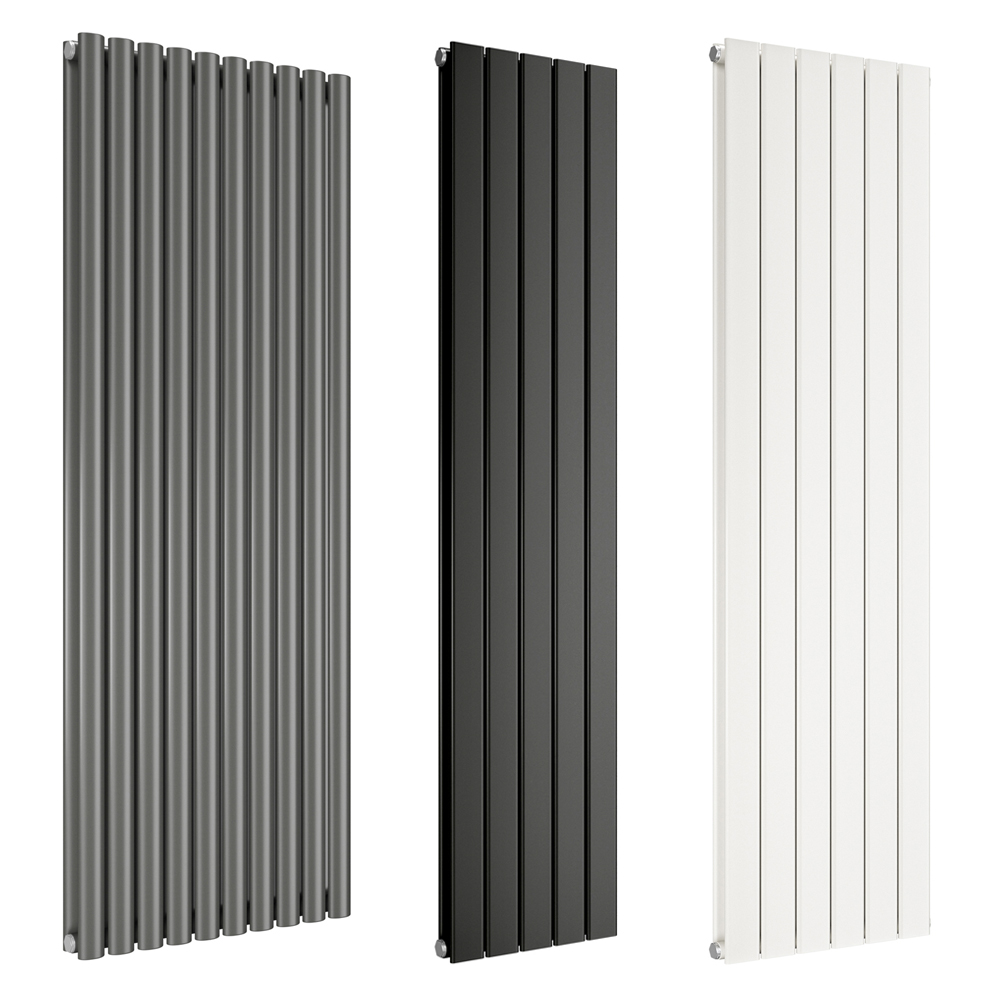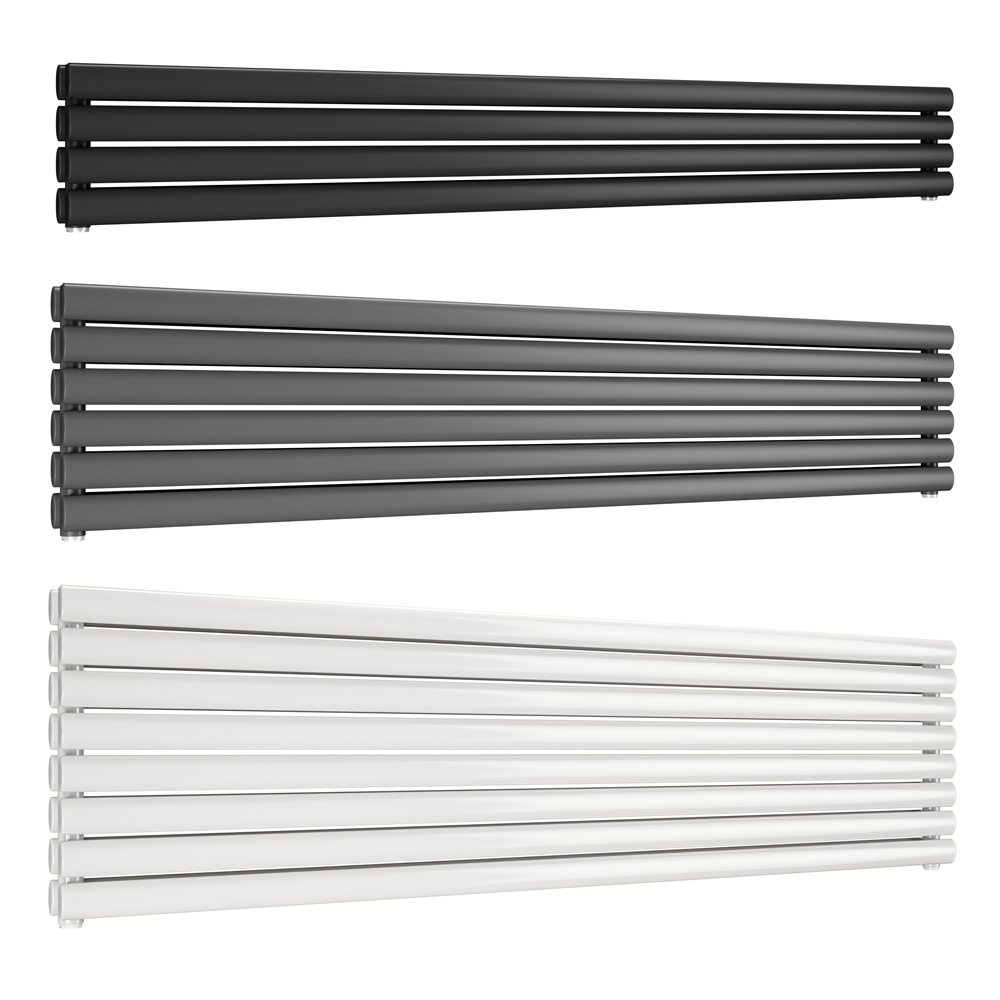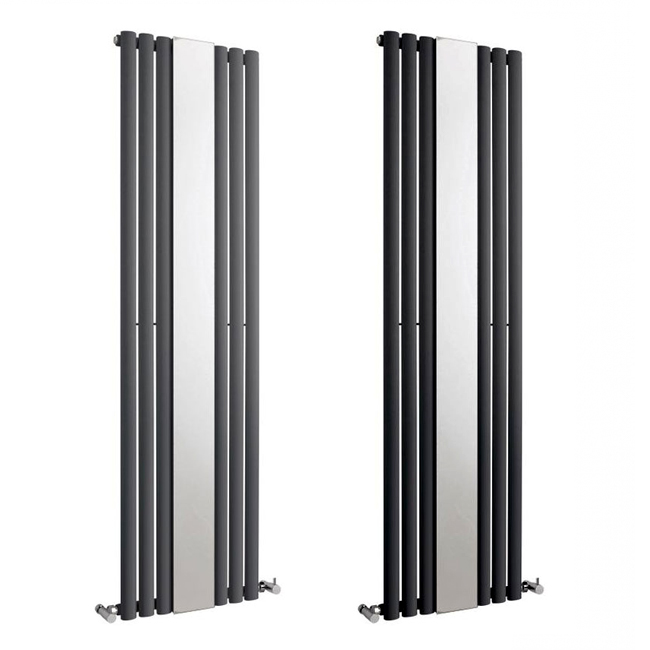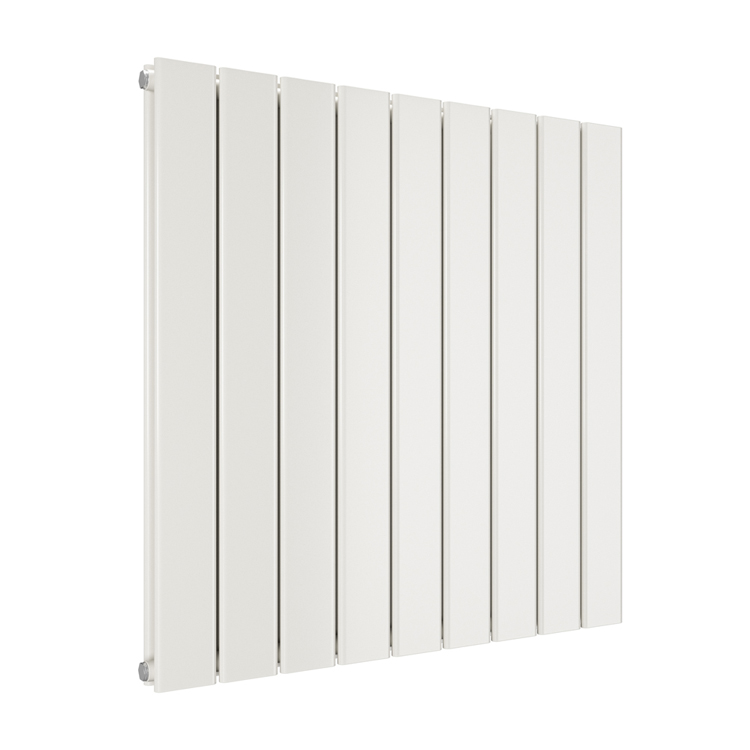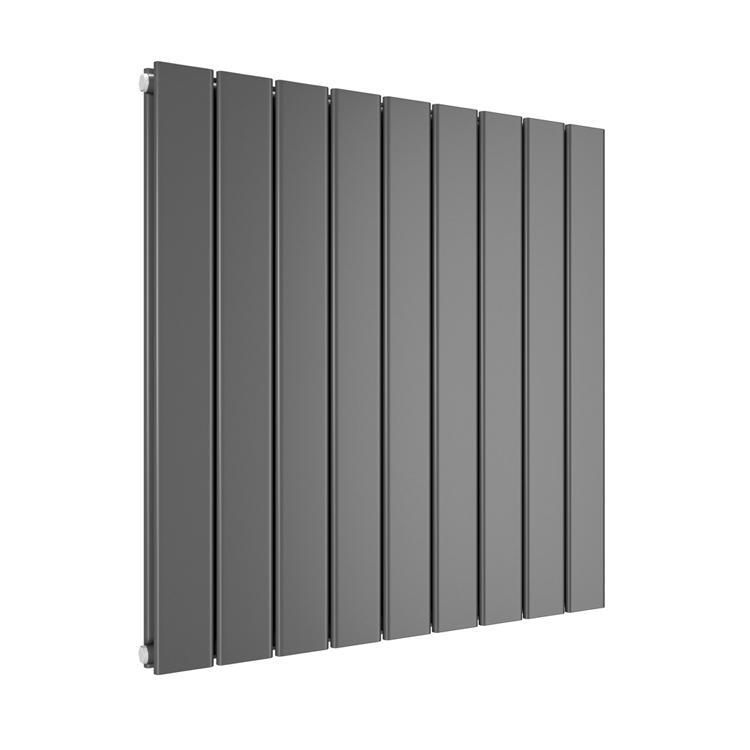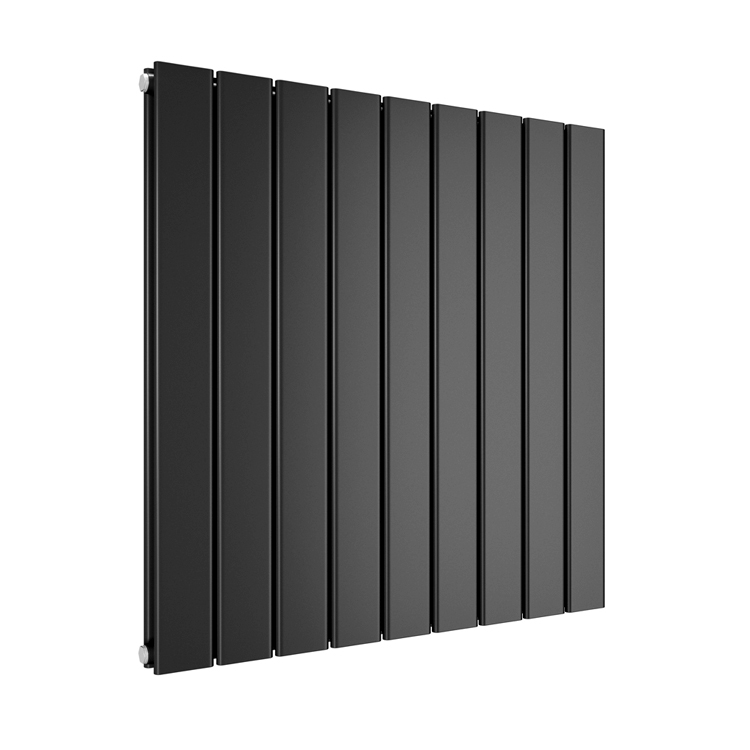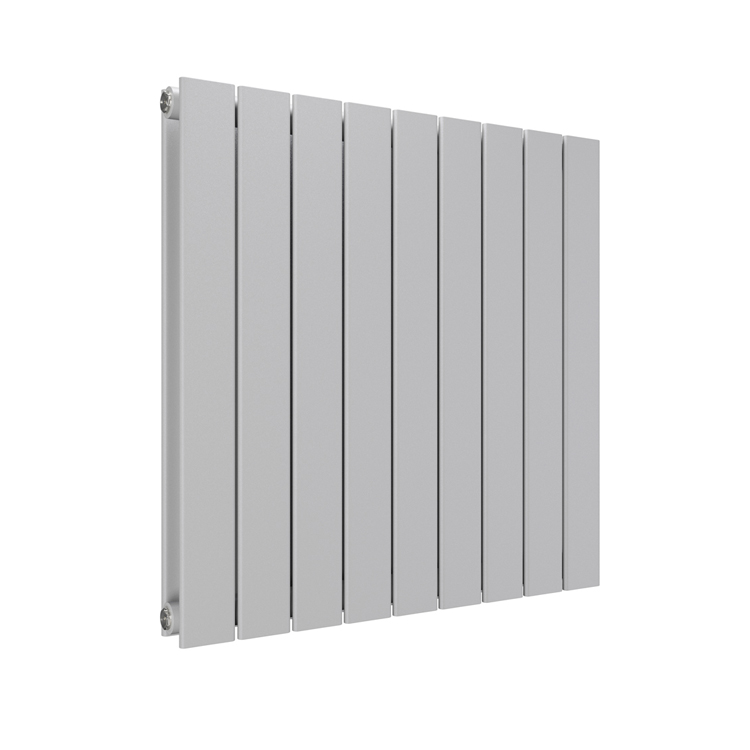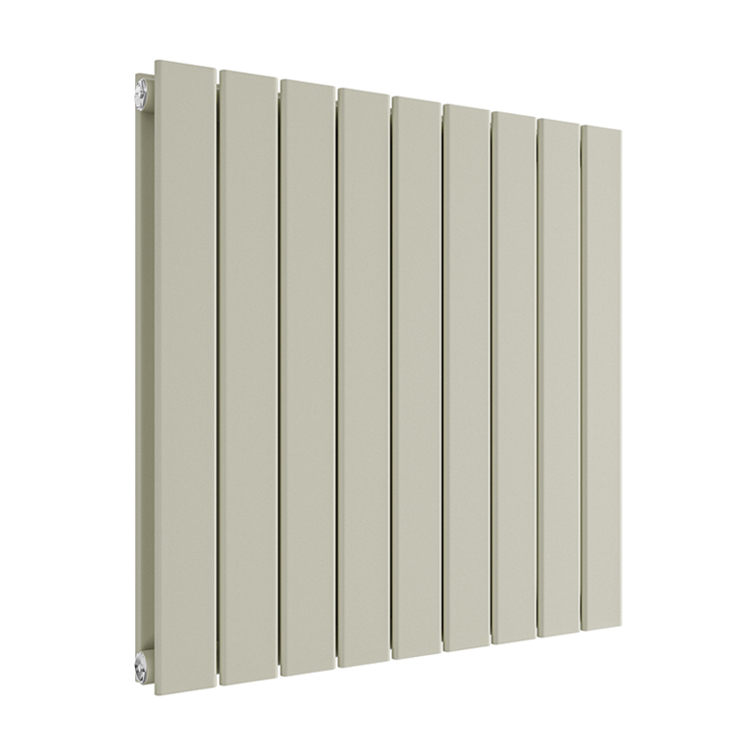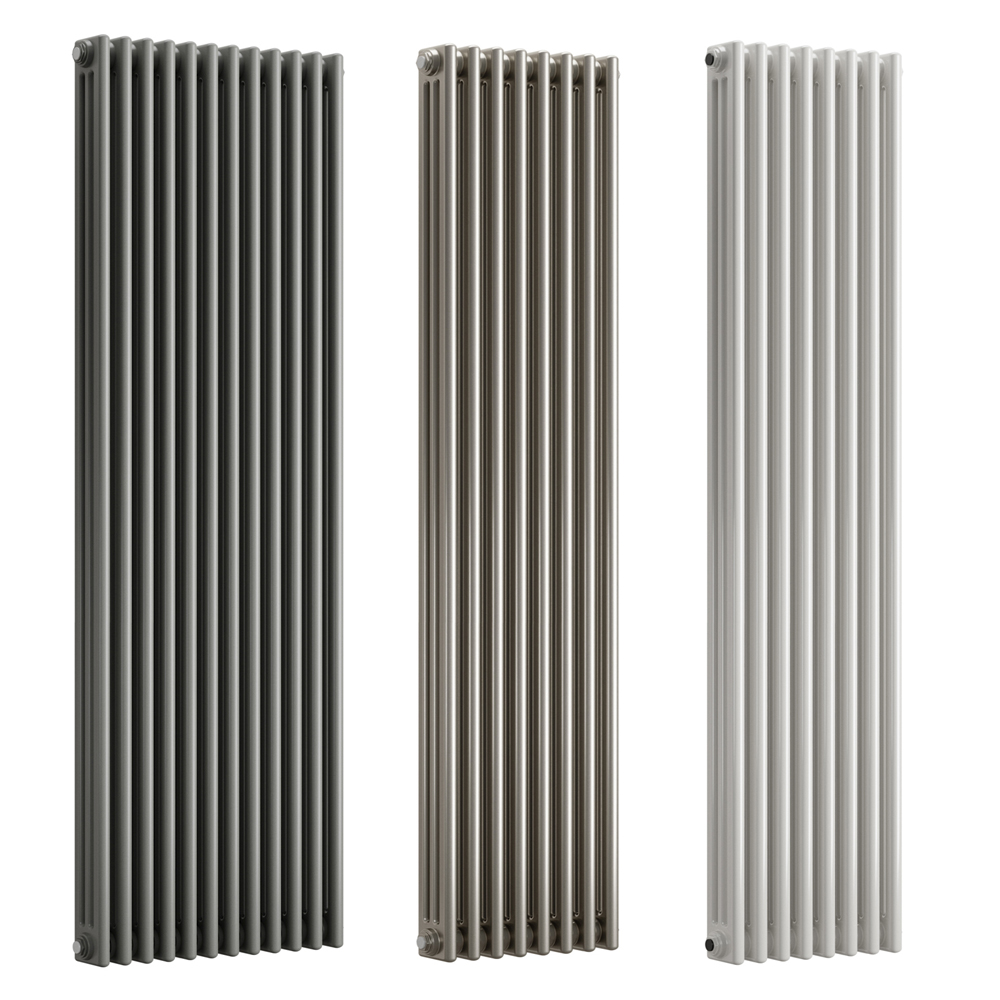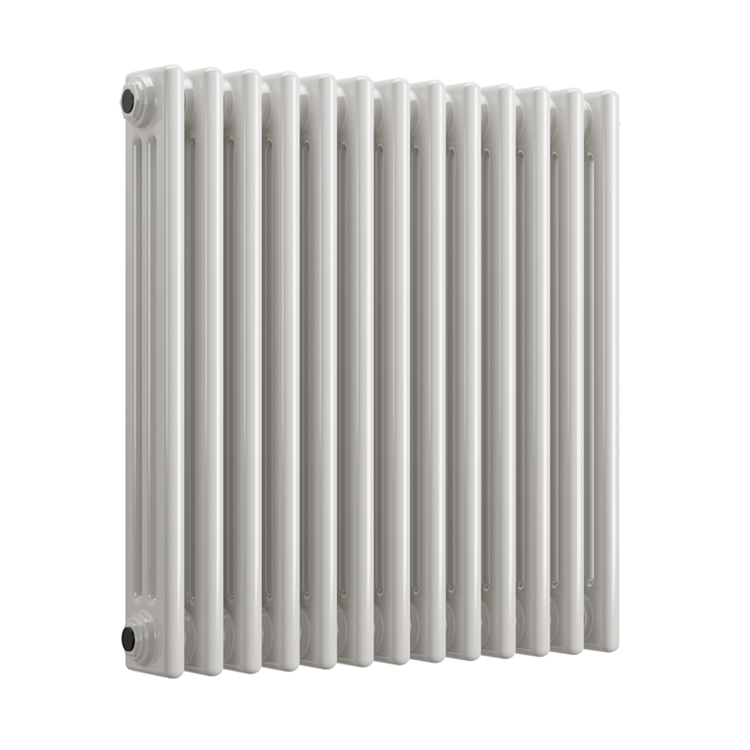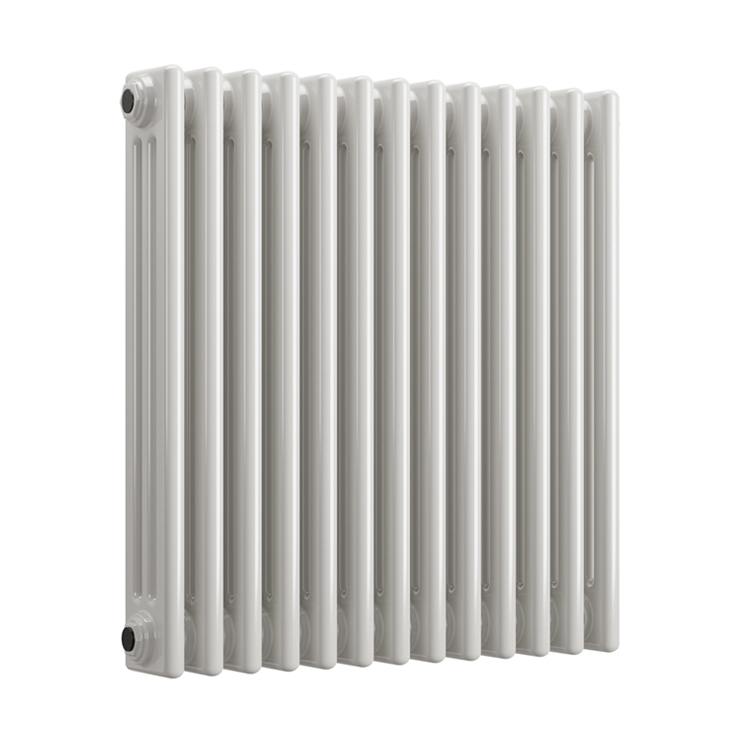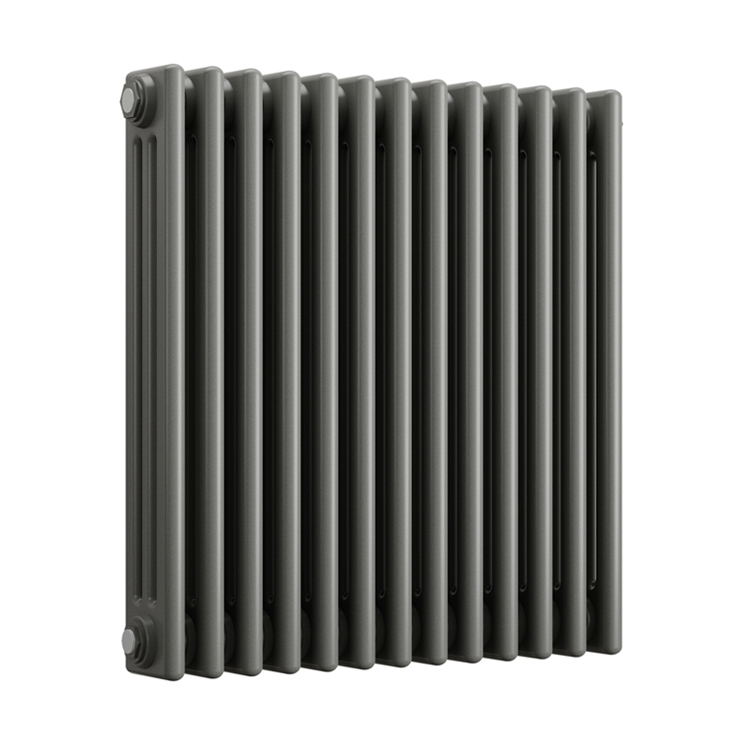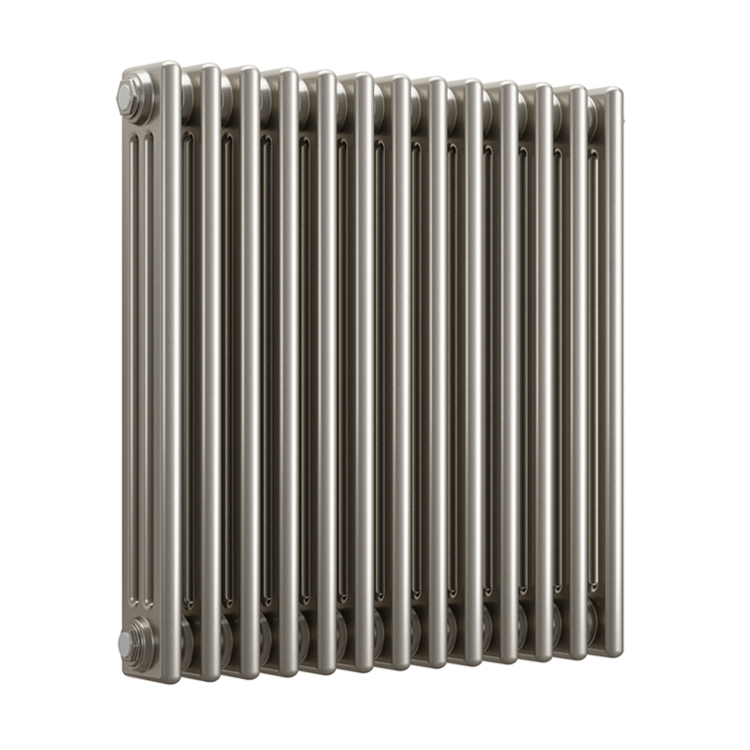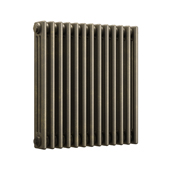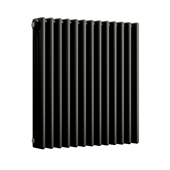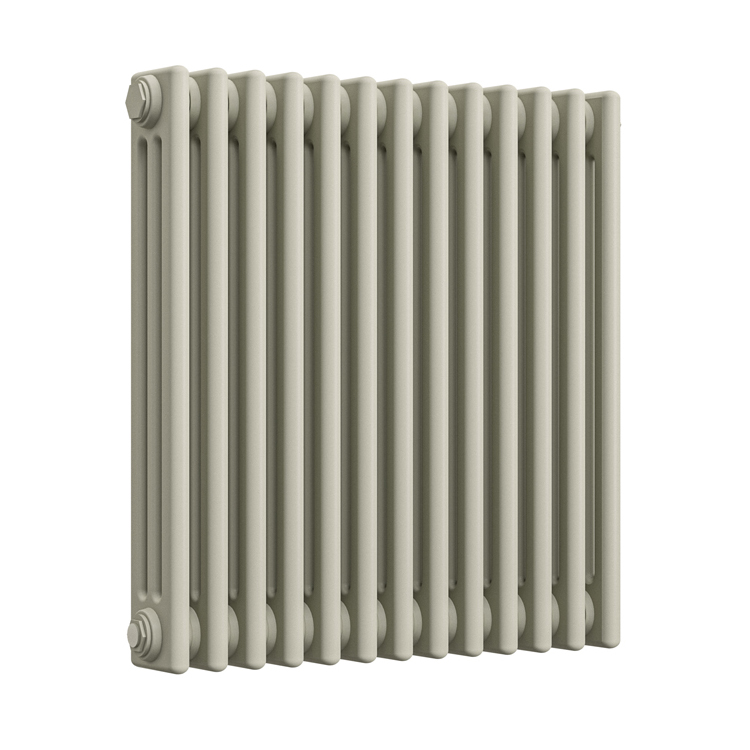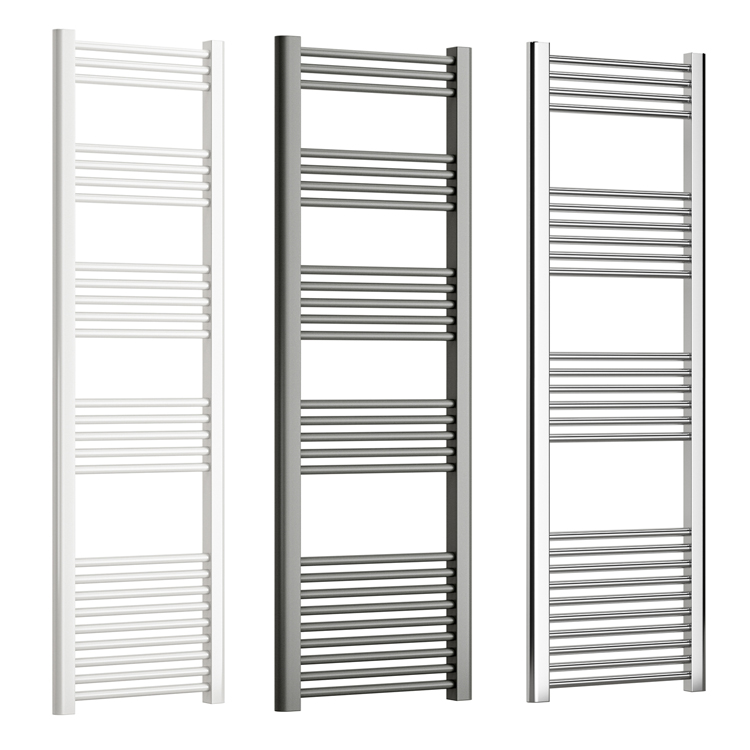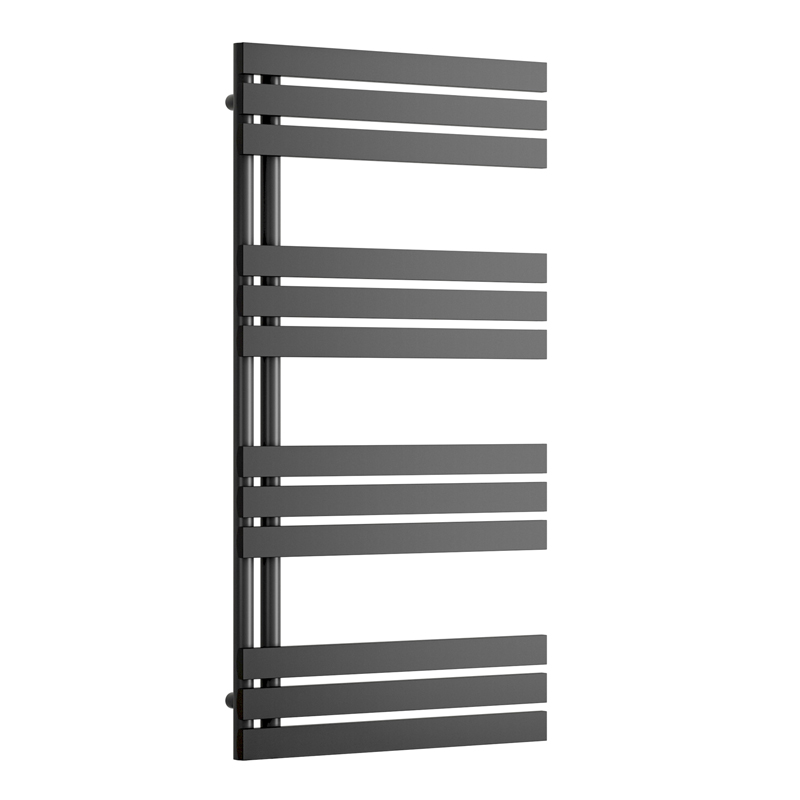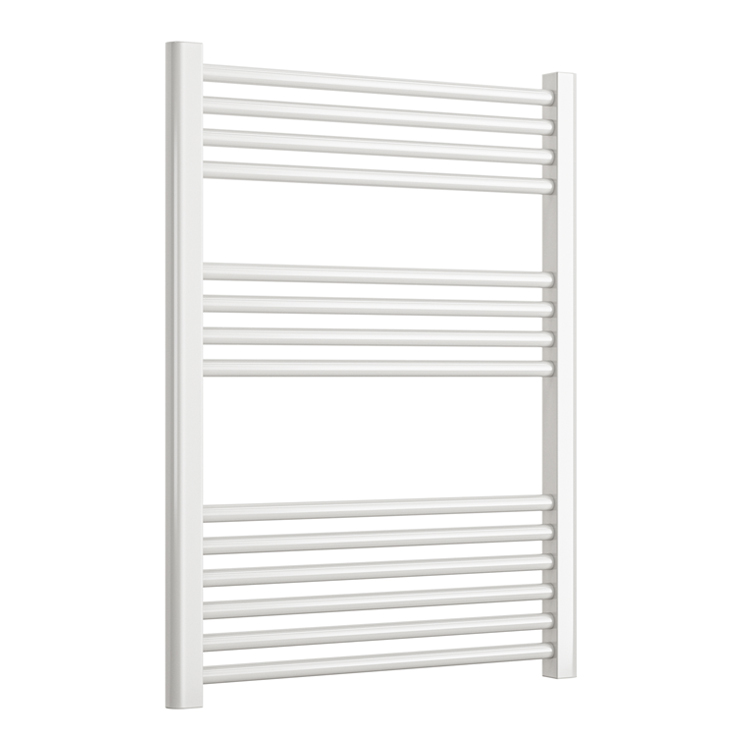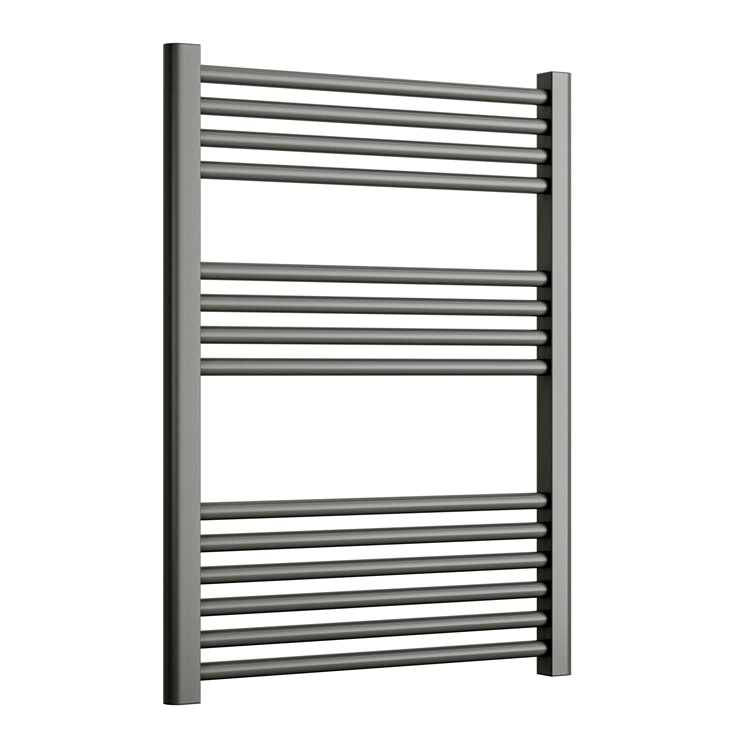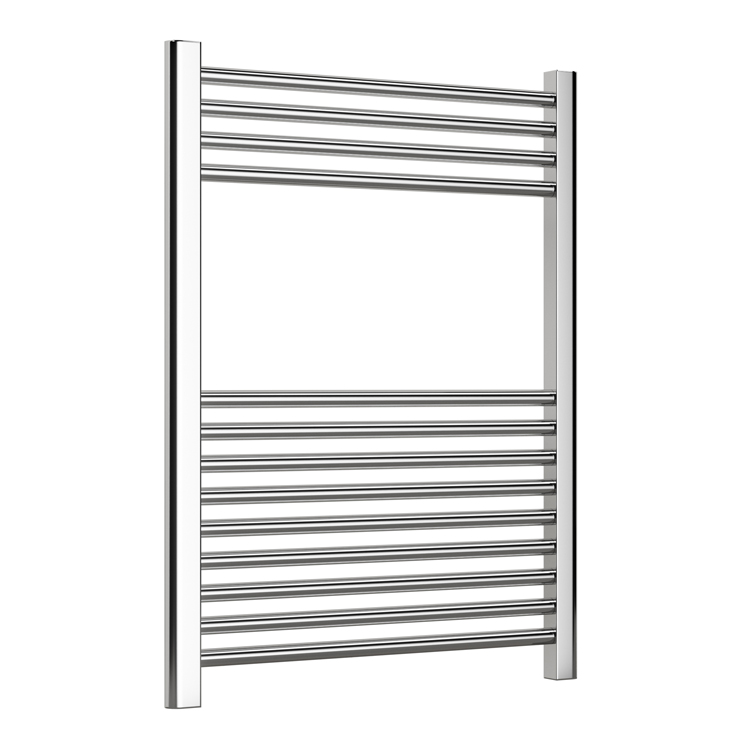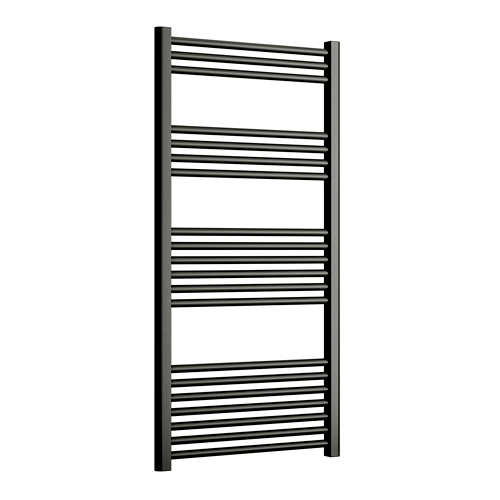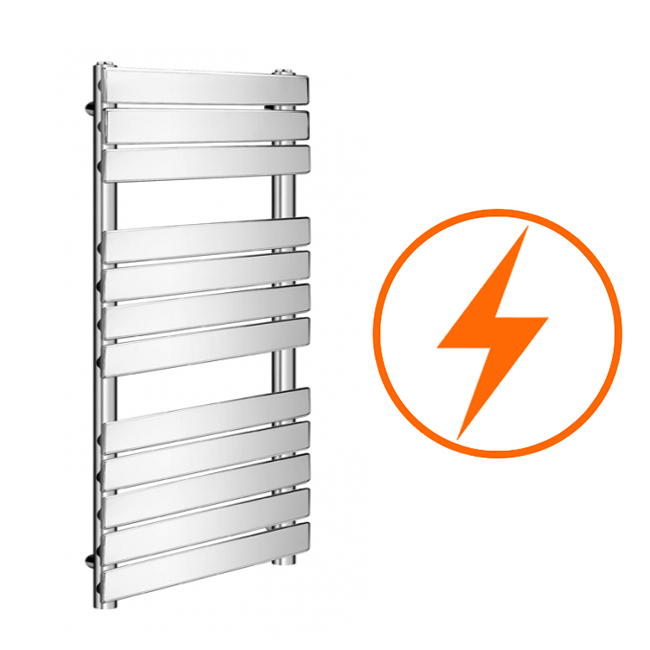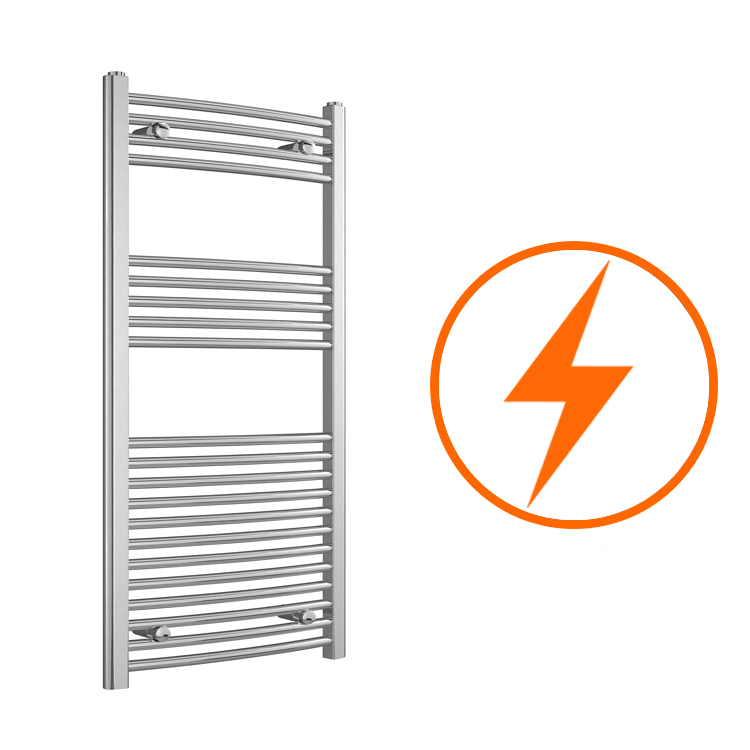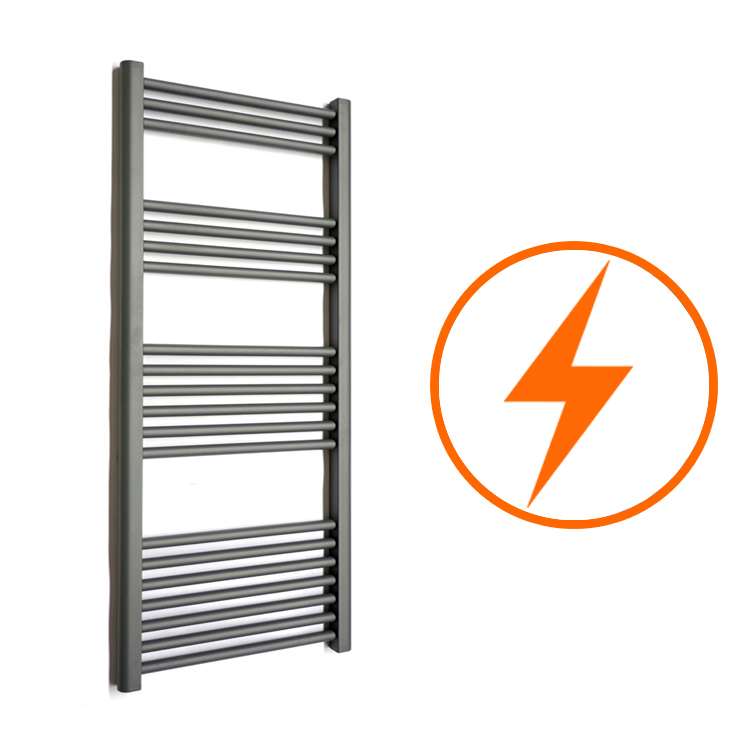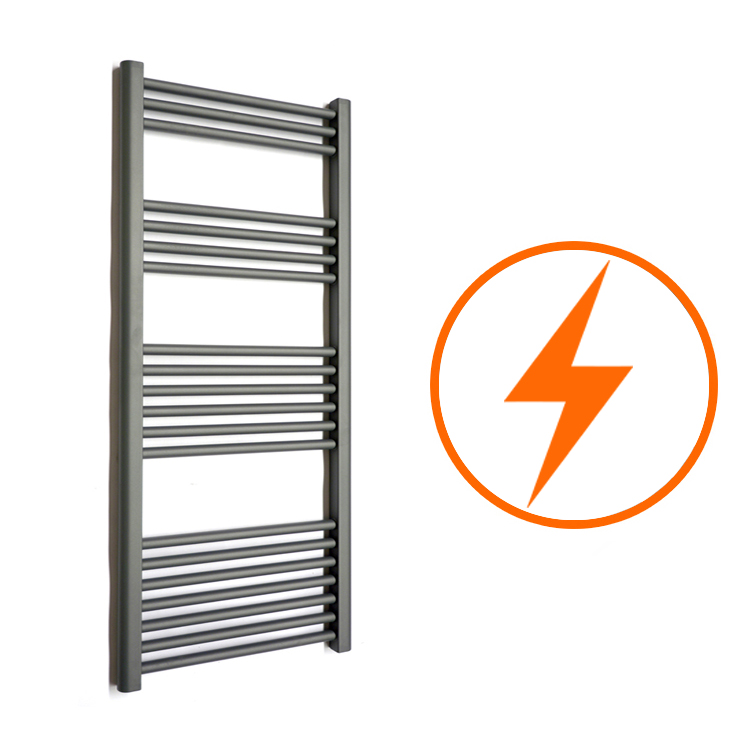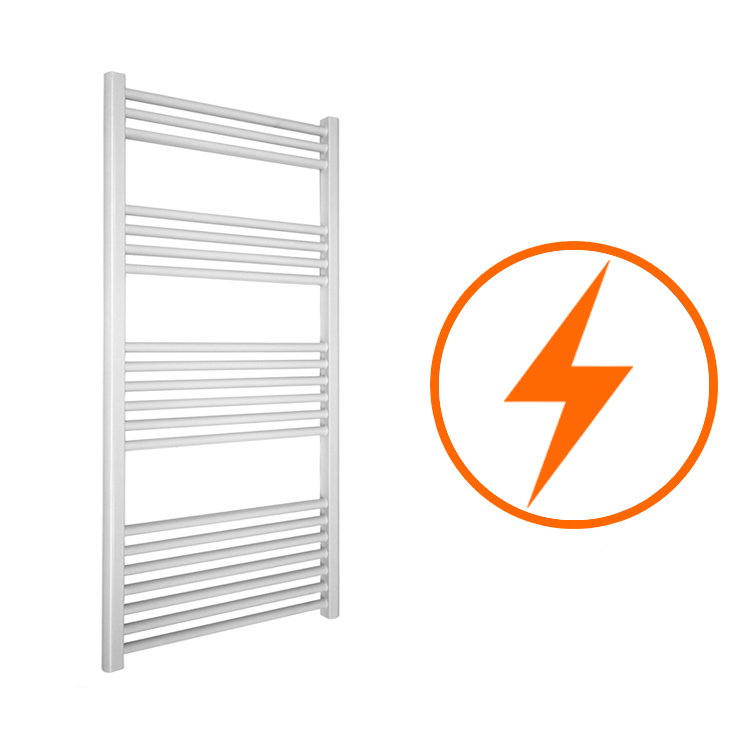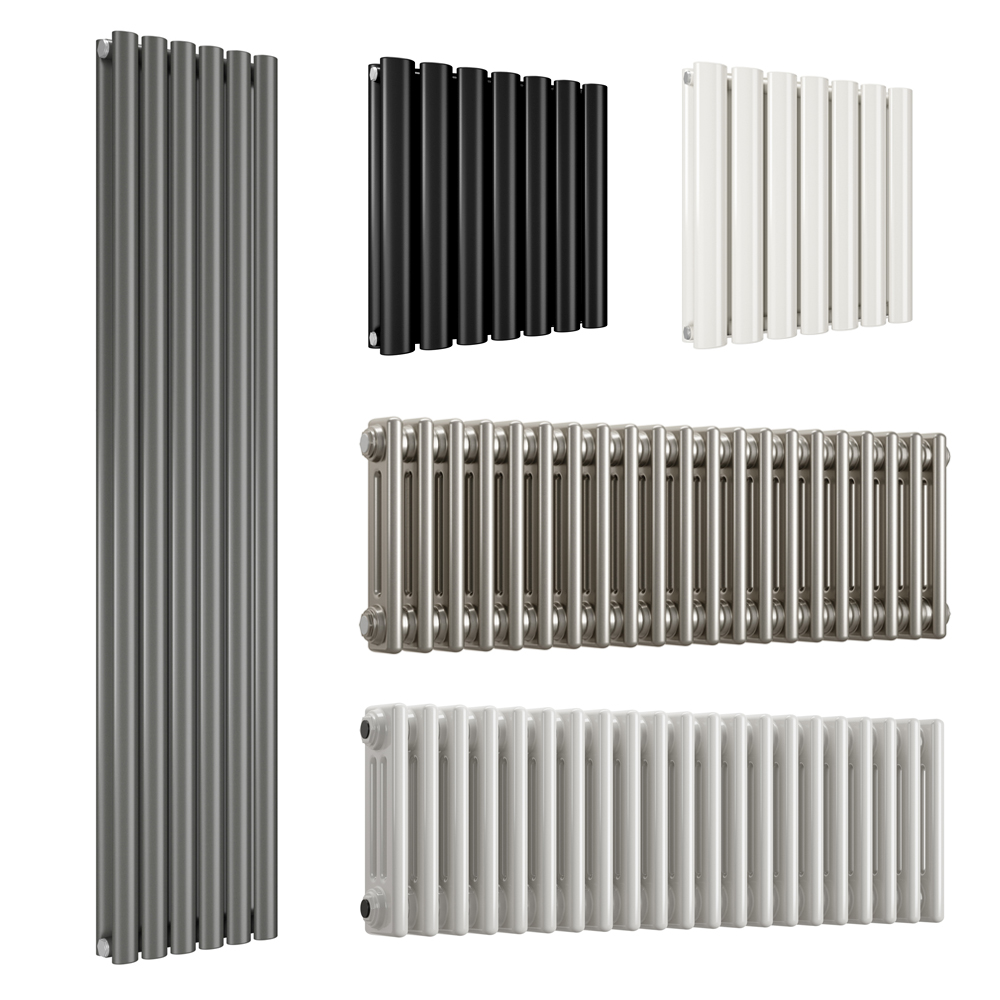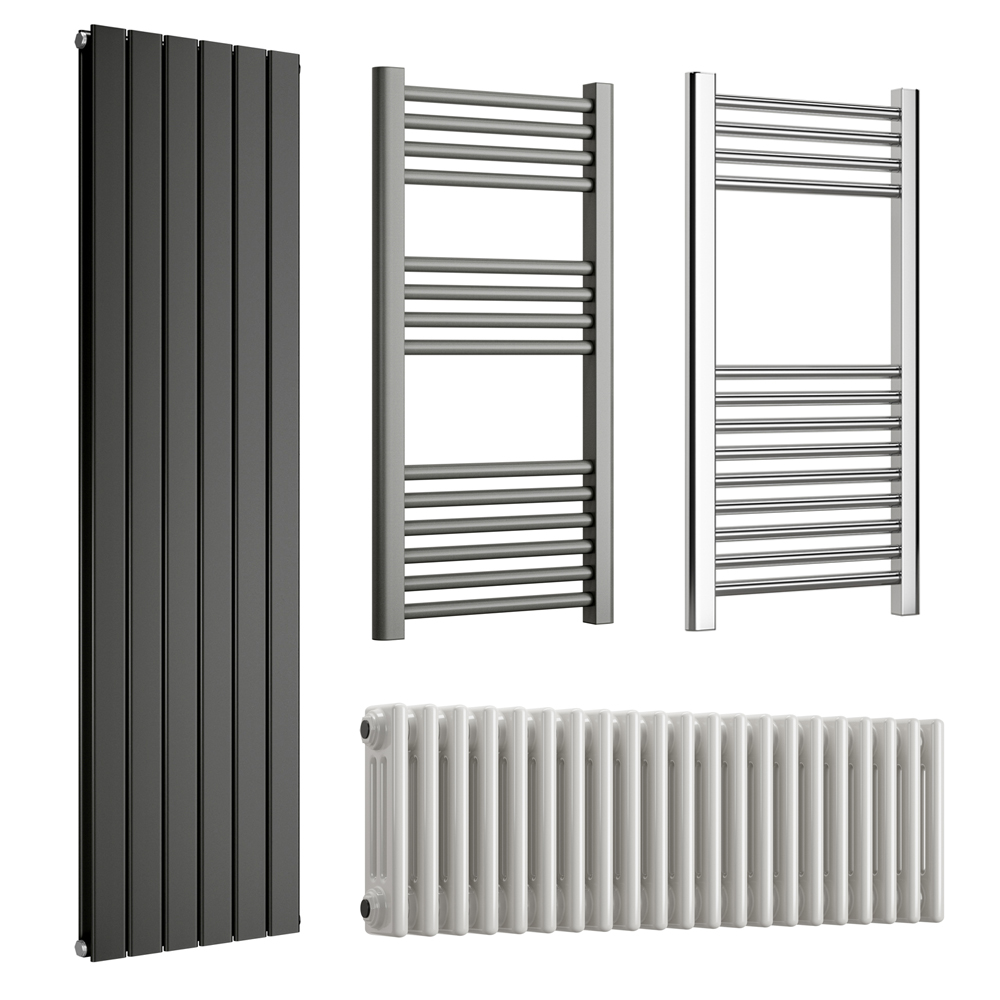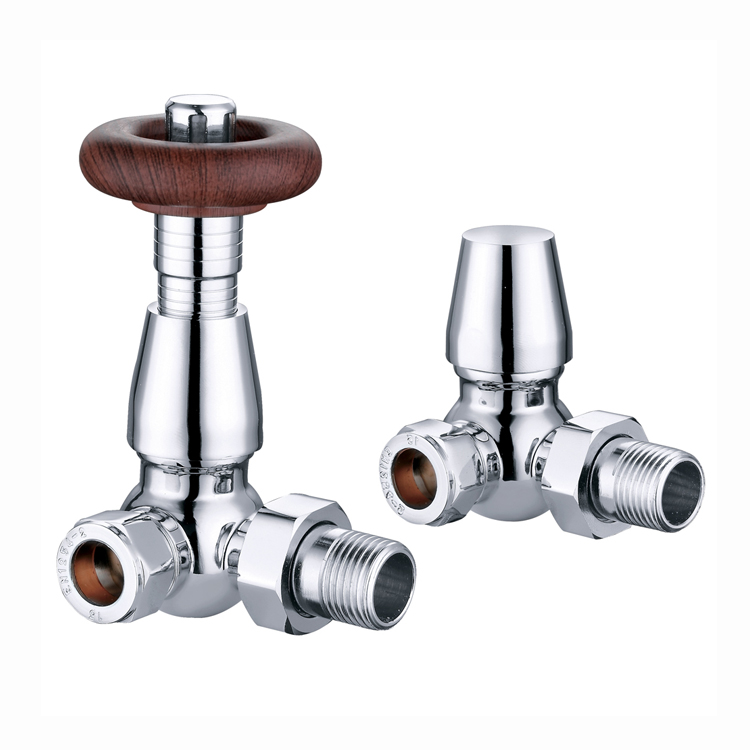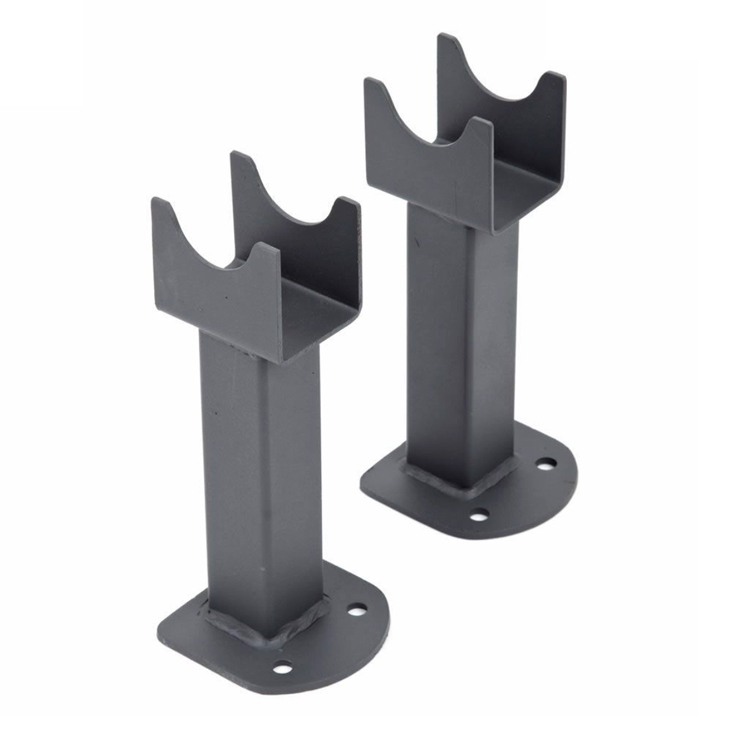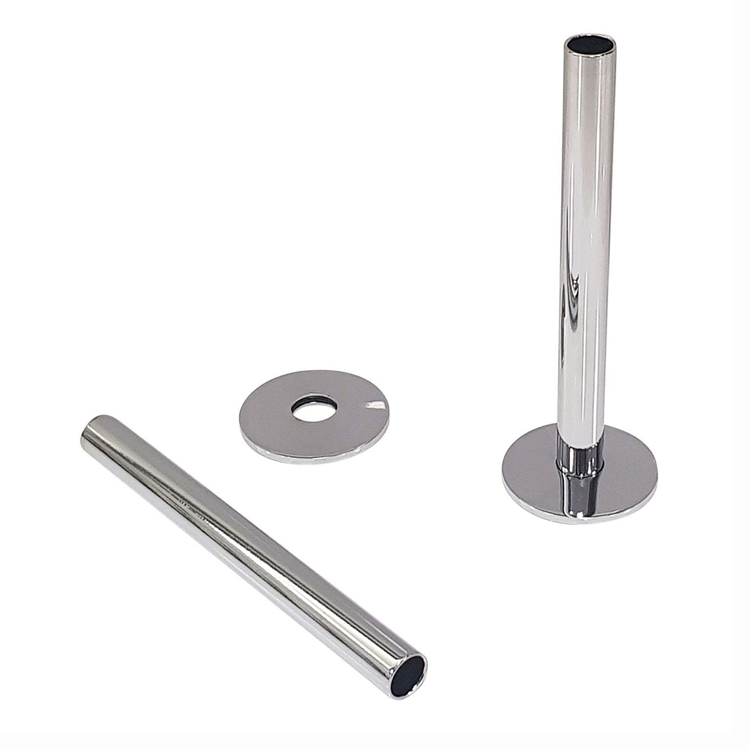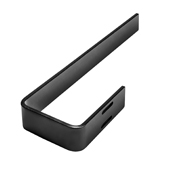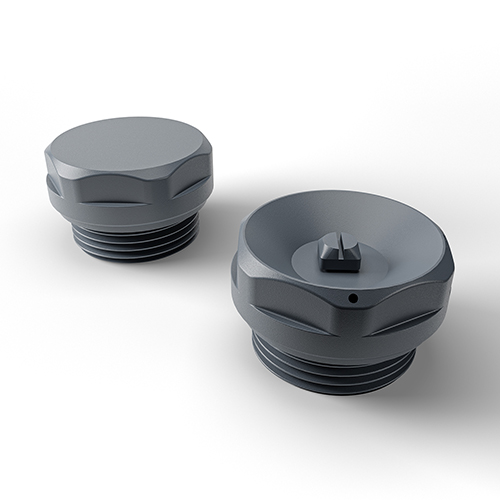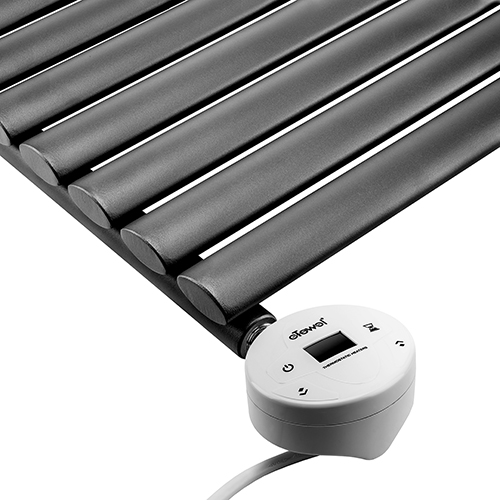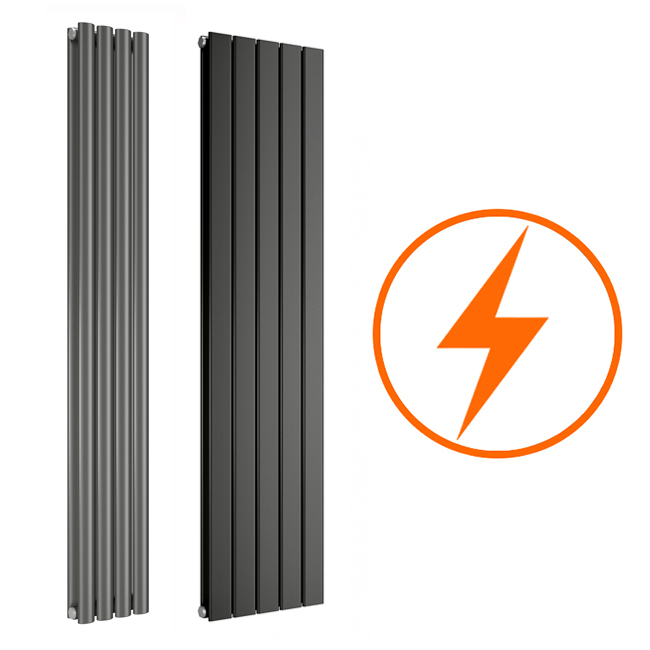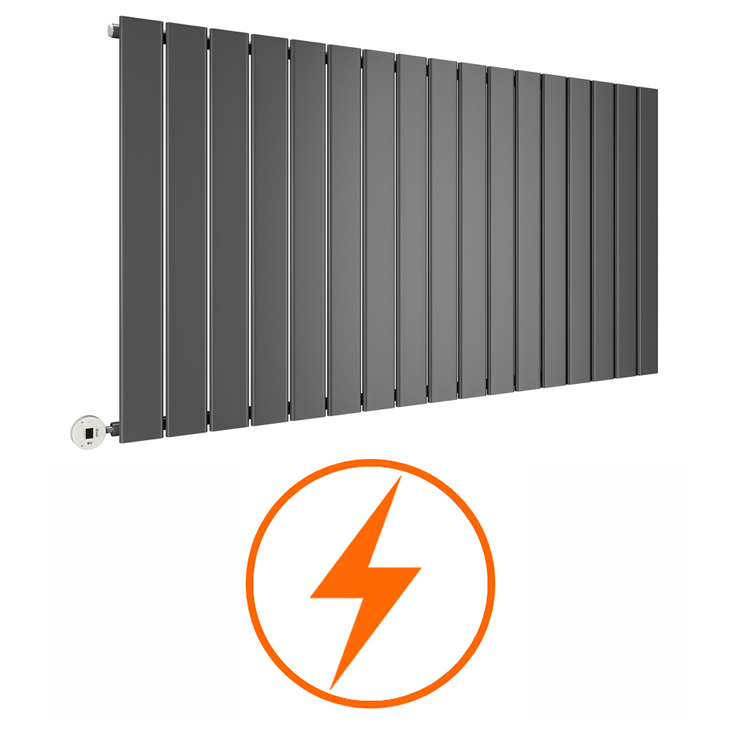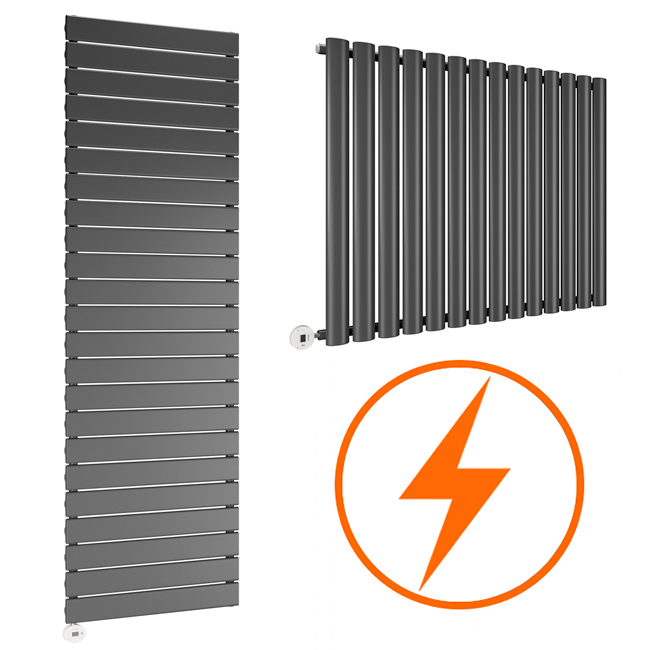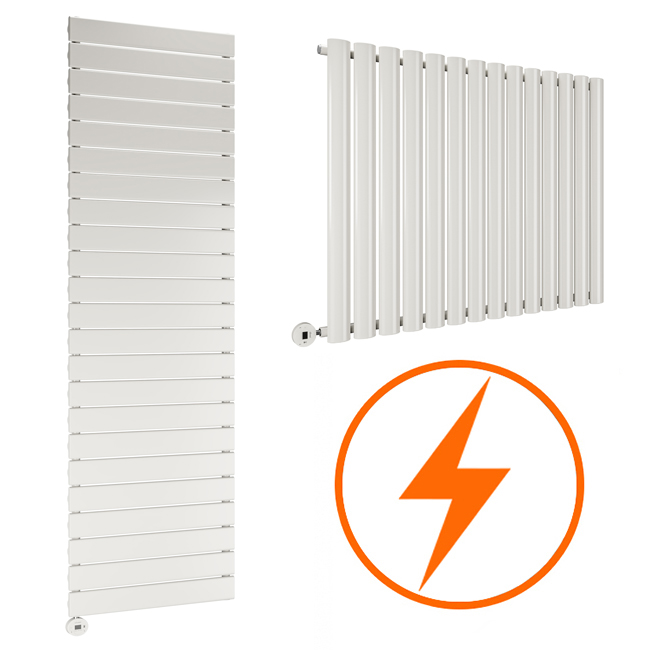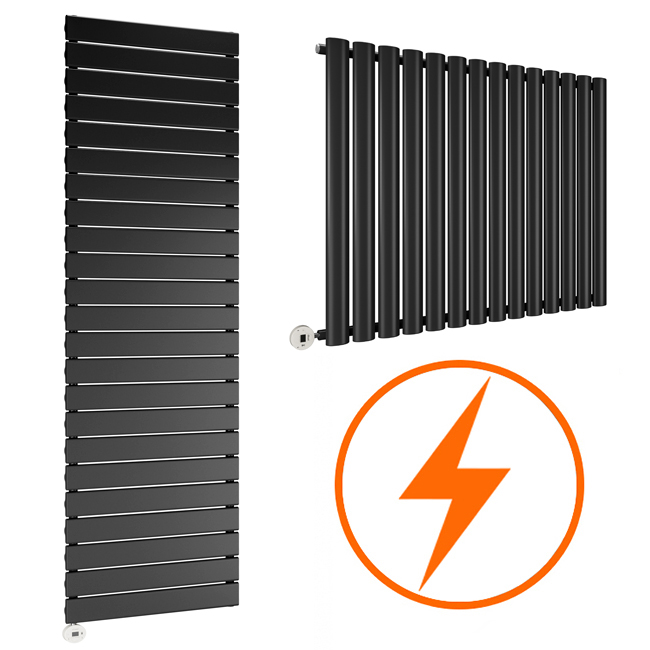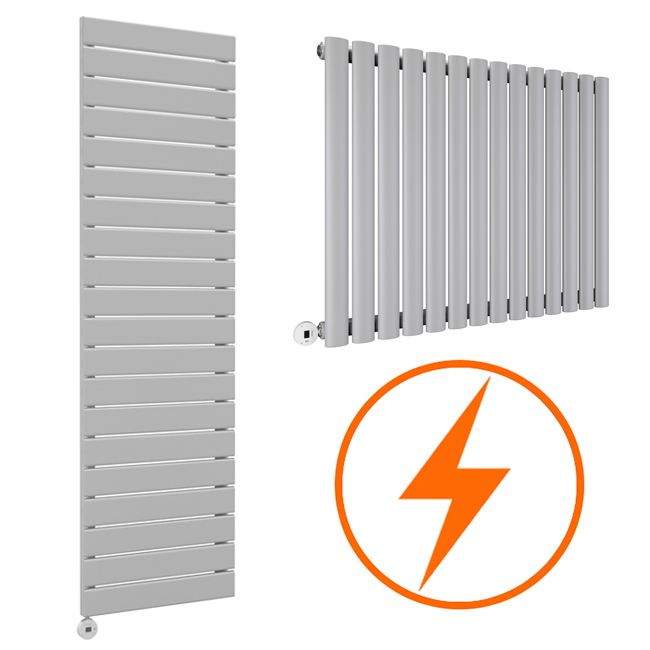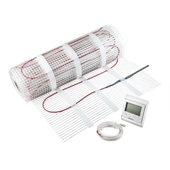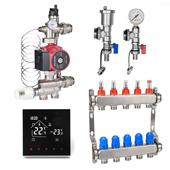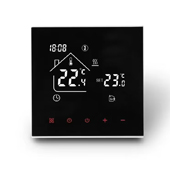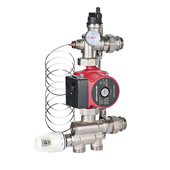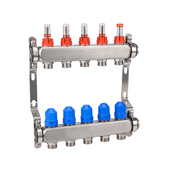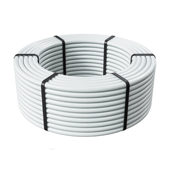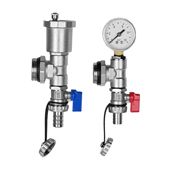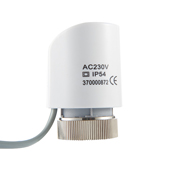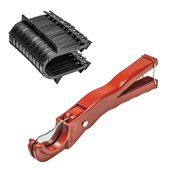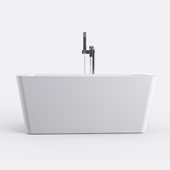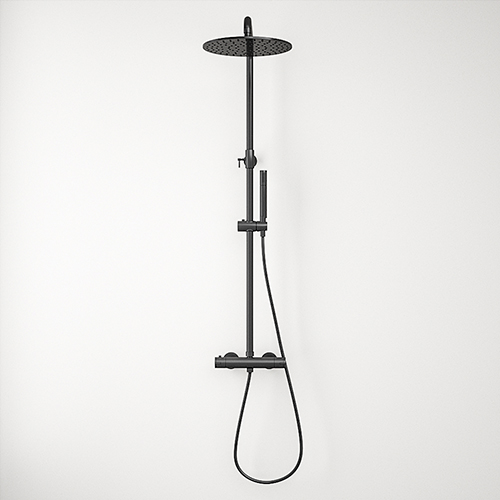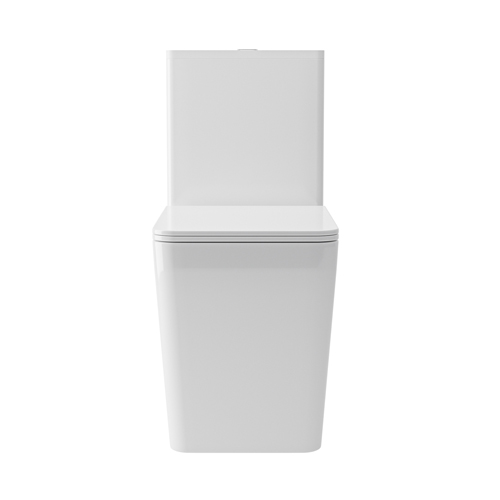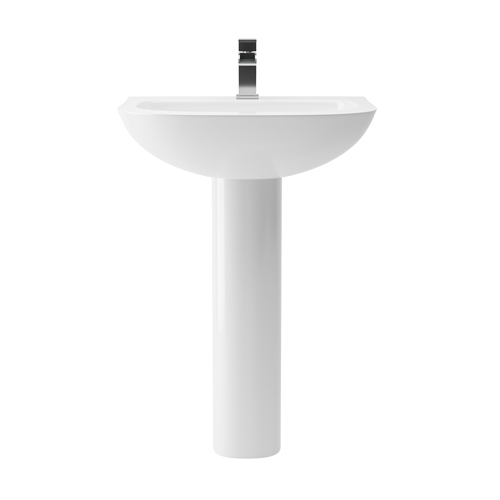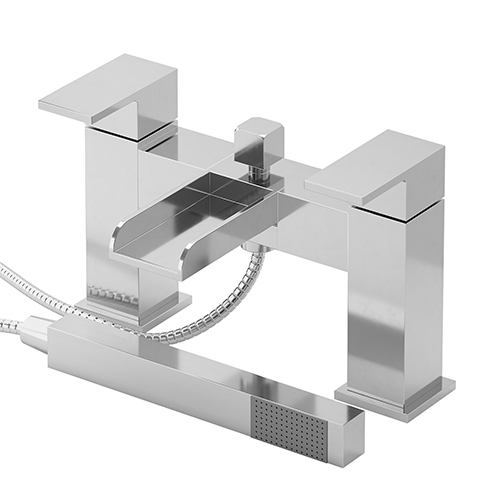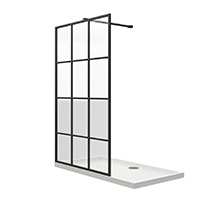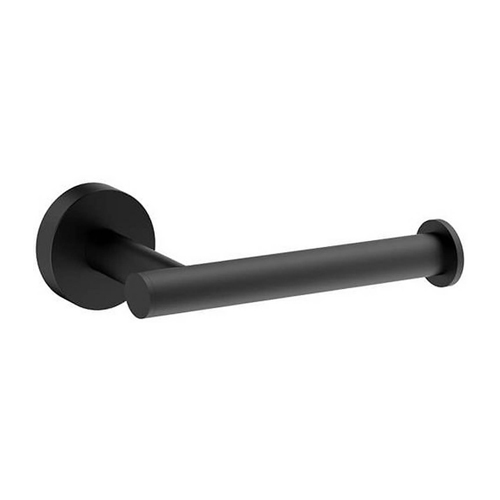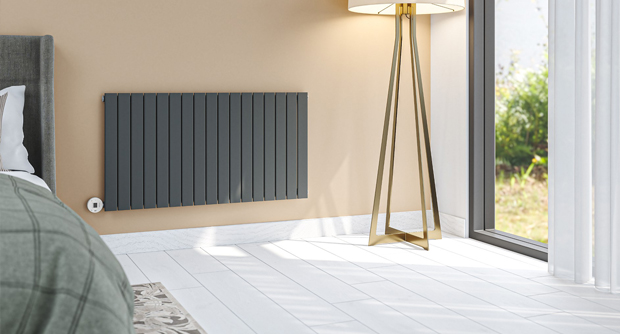Why make the switch to electric heating?

As homeowners seek more efficient and environmentally friendly ways to heat their homes, electric heating has emerged as a popular choice.
Over the years, heating systems have evolved from traditional wood-burning stoves to advanced gas and oil-based systems. Recently, there's been a noticeable shift towards electric heating due to technological advancements and increasing energy efficiency standards. Whether you're considering an upgrade or looking for an alternative heating solution, this guide will help you make an informed decision.
What is electric heating?
Electric heating refers to the process of converting electrical energy into heat energy to provide warmth to indoor spaces. This is achieved through various heating elements that produce heat when an electric current passes through them. Unlike traditional heating systems that rely on the combustion of fossil fuels, electric heating systems use electrical resistance to generate heat, making them a cleaner and often more efficient alternative.
Electric heating operates by passing an electric current through a heating element, typically made of metal or a special alloy. As the current flows through the element, it encounters resistance, generating heat. This heat is then transferred to the surrounding air or surfaces, providing warmth to the room. The simplicity of this mechanism ensures that electric heating systems can be highly efficient, with most of the electrical energy being converted directly into heat.
Types of electric heating
-
Electric radiators: Electric radiators are standalone units that can be plugged into a standard electrical socket or hardwired into the electrical system. They are typically used to heat individual rooms and come in various sizes and designs to suit different spaces. Many electric radiators feature thermostats and programmable timers,allowing for precise control over heating schedules and temperatures. This makes them a flexible and convenient option for maintaining comfortable indoor temperatures.
-
Electric underfloor heating: Electric underfloor heating involves the installation of heating cables or mats beneath the floor surface. Commonly used in bathrooms and kitchens, this type of heating provides a uniform and discreet source of warmth. It is often controlled by a thermostat, enabling users to set their desired floor temperature.Electric underfloor heating can serve as a primary heating source in well-insulated homes, offering an energy-efficient way to keep floors comfortably warm.
-
Electric boilers: Electric boilers function similarly to traditional gas or oil boilers but use electricity to heat water for central heating and domestic hot water. They can be used in conjunction with radiators or underfloor heating systems to distribute heat throughout the home. Electric boilers are compact and can be installed in areas where space is limited, offering a quiet and efficient heating solution. This makes them an ideal choice for homes without access to gas or oil supply.
-
Electric towel rails: Electric towel rails are heated rails designed specifically for drying and warming towels. These are commonly found in bathrooms, adding both comfort and convenience. Electric towel rails can be controlled independently from the main heating system, making them energy-efficient for small spaces. They provide the luxury of warm towels while helping to reduce humidity in the bathroom.
-
Infrared heaters: Infrared heaters emit infrared radiation, which directly heats objects and people in the room rather than the air. Suitable for both indoor and outdoor use, infrared heaters are often found in patios, conservatories and living areas. They provide instant heat and are highly efficient for spot heating. By directly warming people and objects, infrared heaters can offer a comfortable and focused heating solution, particularly in spaces where conventional heating might be less effective.
Each type of electric heating system has its own set of advantages and is suitable for different applications, making electric heating a versatile option for modern homes.
-
Electric heating offers several benefits, making it an increasingly attractive option for modern homes. One of the foremost advantages is its energy efficiency. Unlike traditional heating methods that often lose significant amounts of energy through flue gases or pipes, electric heating systems convert nearly all the electrical energy they consume into heat. This high efficiency means that more of the energy you pay for goes directly into warming your home, reducing waste and ensuring consistent comfort.
-
In addition to energy efficiency, electric heating can lead to cost savings on energy bills. While the initial investment in electric heating systems can sometimes be higher than that for gas or oil systems, the lower operational costs often make up for this over time. Electric heating systems require less maintenance and have fewer parts that can break down, leading to reduced maintenance costs. Furthermore, as electricity prices become more competitive and renewable energy sources increasingly contribute to the grid, the long-term cost benefits of electric heating are likely to grow.
-
The environmental impact of electric heating is another significant benefit. Traditional heating systems, particularly those using fossil fuels, contribute to carbon emissions and air pollution. Electric heating, especially when powered by renewable energy sources, offers a cleaner alternative. By reducing reliance on oil or gas, electric heating systems help lower greenhouse gas emissions and can significantly reduce a household's carbon footprint. This eco-friendly aspect makes electric heating an appealing choice for environmentally conscious homeowners.
-
Control and convenience are also notable advantages of electric heating. Modern electric heating systems come equipped with advanced features such as programmable thermostats and zonal heating capabilities. Programmable thermostats allow users to set precise heating schedules, ensuring the home is warm only when needed, which enhances comfort and further improves energy efficiency. Zonal heating enables different areas of the home to be heated independently, allowing for personalised comfort and additional energy savings. For instance, bedrooms can be kept cooler at night while living areas are warmed during the day.
-
Overall, electric heating offers a combination of energy efficiency, cost savings, environmental benefits and advanced control features, making it a compelling choice for many homeowners. These benefits not only contribute to a more comfortable living environment but also support broader goals of sustainability and cost-effectiveness in home heating.
The benefits of electric heating
-
Pros
One of the most notable advantages of electric heating is its energy efficiency. Electric heating systems convert nearly all the electricity they use into heat, meaning minimal energy is wasted. This high level of efficiency ensures that the energy you pay for is effectively used to warm your home, making electric heating a cost-effective option over time.
Another significant benefit is the ease of installation. Electric heating systems do not require extensive pipework or flue systems, unlike gas or oil-based heating. This simplicity often results in lower installation costs and less disruption to your home during the installation process.
Electric heating systems are also known for their low maintenance requirements. With fewer moving parts and no need for regular servicing to the same extent as gas boilers, these systems offer hassle-free operation. This can lead to further cost savings, as there are fewer components that might need repairs or replacements.
Safety is another key advantage of electric heating. There is no risk of carbon monoxide leaks, which can be a concern with gas or oil heating systems. Additionally, electric heating systems do not involve combustion processes, reducing the risk of fires and making them a safer choice for many households.
-
Cons
Despite these benefits, electric heating systems do come with some drawbacks, such as higher upfront costs. The initial investment for electric heating systems can be more expensive compared to traditional gas or oil systems. This can be a barrier for some homeowners, despite the potential for long-term savings on energy bills and maintenance costs.
Another consideration is the reliance on electricity supply. In areas with high electricity rates,the operational costs of electric heating can be higher, potentially offsetting some of the efficiency gains. Additionally, power outages can leave homes without heat, whereas gas heating systems may continue to operate.
Heat distribution in larger spaces can also be a concern with some electric heating systems. While electric radiators and underfloor heating are effective in smaller or well-insulated areas, they may struggle to provide even heat distribution in larger, open spaces. This can sometimes necessitate the use of supplementary heating sources to maintain a comfortable temperature throughout the home.
Overall, while electric heating offers numerous advantages such as efficiency, ease of installation, low maintenance and enhanced safety, it is important to consider the potential downsides, including higher initial costs, electricity dependency and challenges with heat distribution in larger areas. These factors should be weighed carefully to determine the best heating solution for each home.
Electric heating: the pros and cons
Electric towel rails: warm up your towels in style

Electric towel rails are specialised heating devices designed to keep towels warm and dry.They operate independently of the central heating system, providing a focused source of heat specifically for towels. By running an electric current through the rails, these units generate warmth, which is transferred directly to the towels hung on them.
One of the primary benefits of electric towel rails is their convenience. They ensure that towels are consistently warm and dry, making your bathroom experience a good one. This is particularly appreciated during colder months when a warm towel can be a comforting start or end to the day.
In addition, electric towel rails are ideal for bathrooms where space is at a premium. Their slim, vertical design allows them to fit comfortably into tight spaces, making them a practical choice for smaller bathrooms. This space-saving aspect is complemented by their ability to provide efficient heating without taking up valuable floor area.
Moreover, electric towel rails are notably energy efficient. Unlike central heating systems, which heat an entire house or large sections of it, electric towel rails target a specific area. They use less energy overall, as they only need to maintain a modest temperature to keep towels warm, rather than heating an entire room. This targeted heating reduces overall energy consumption, making electric towel rails a cost-effective choice for enhancing bathroom comfort without excessive energy use.
Optimise your space with horizontal electric radiators
Radiator valves control the temperature of a radiator and they feature in pairs.
Horizontal electric radiators are a popular choice for home heating, distinguished by their wide, low profile that makes them suitable for installation along walls. These radiators typically feature a broad, flat surface and are designed to fit neatly under windows or along the lower sections of walls. Their configuration allows them to effectively distribute heat across a room, making them a versatile option for various room layouts.
One of the key benefits of horizontal electric radiators is their versatility. They can be installed in a range of room configurations and sizes, fitting comfortably along walls without obstructing the flow of the room. This makes them ideal for areas where wall space is limited, such as beneath windows or in narrow spaces. Their adaptability ensures they can be used effectively in both traditional and contemporary settings.
In addition to their functional advantages, horizontal electric radiators also offer significant aesthetic appeal. Many models are designed with sleek, modern finishes that can complement a wide array of interior styles. Available in various colours and styles, these radiators can blend seamlessly with home décor, enhancing the room's overall appearance rather than detracting from it. This design flexibility allows homeowners to select a radiator that matches their taste while fulfilling their heating needs.
Horizontal electric radiators are also known for their efficiency in heating rooms evenly. Their broad surface area helps to distribute heat across the room more effectively, preventing cold spots and ensuring a consistent temperature. This efficiency contributes to a comfortable living environment and can help reduce energy consumption, as the radiator operates to maintain an even and pleasant warmth throughout the space.
Maximise your wall space: the appeal of vertical electric radiators

Vertical electric radiators have gained popularity as an effective and stylish heating solution.Characterised by their tall, slender design, these radiators are designed to maximise wall space while providing efficient heating. They stand upright, often stretching from floor to ceiling, and are ideal for areas where horizontal space is constrained. This vertical orientation allows them to fit into narrower spaces or rooms with limited wall area, making them a versatile choice for modern homes.
One of the significant benefits of vertical electric radiators is their space-saving design. Their slim profile enables them to be installed in tight or awkward spaces where traditional, horizontal radiators might not fit. This makes them particularly useful in small rooms or areas with limited wall space, such as hallways or compact bathrooms. By using vertical space,they provide an effective heating solution without taking up valuable floor area.
In addition to their practical advantages, vertical electric radiators are noted for their stylish design. Many models feature a contemporary, sleek appearance that can enhance the aesthetic appeal of a room. With a range of finishes and styles available, from minimalist designs to more decorative options, these radiators can complement various interior decors. Their modern look helps them blend seamlessly into stylish interiors, turning a functional heating element into a design feature.
When it comes to performance, vertical electric radiators are comparable to their horizontal counterparts. They efficiently distribute heat throughout the room, thanks to their tall, slim design that allows for a broad surface area to emit warmth. While both vertical and horizontal radiators are effective at maintaining a comfortable temperature, vertical radiators often offer an advantage in rooms where wall space is a premium, ensuring that even compact areas receive adequate heat without compromising on style.
Choosing the right electric heating system
Selecting the most suitable electric heating system for your home involves careful consideration of your specific heating needs and preferences. The first step is to assess your heating requirements, taking into account the size of the spaces you need to heat, the insulation of your home, and your overall comfort goals. For instance, larger rooms or spaces with high ceilings may require more powerful or multiple units, whereas smaller, well-insulated rooms might be effectively heated with a single, smaller unit. It’s also important to consider the specific usage of each room, as bathrooms might benefit from dedicated electric towel rails, while living areas may require more extensive heating solutions.
Budget considerations play a crucial role in selecting the right heating system. While electric towel rails and vertical electric radiators can be relatively cost-effective in terms of initial investment and energy consumption, it’s important to consider both upfront costs and long-term savings. Electric heating systems generally have lower installation and maintenance costs compared to traditional systems. However, it’s worth noting that the cost of electricity can impact ongoing expenses, so evaluating local energy rates and potential savings is essential. Over time, the reduced maintenance and higher efficiency of electric systems can lead to significant long-term savings.
Finally, consider installation options. Professional installation is recommended for more complex systems or where precise fitting is necessary, ensuring that the system operates efficiently and safely. For those comfortable with DIY projects, installing simpler units like electric towel rails or small electric radiators can be a viable option. Regardless of the installation route chosen, ensure that you follow all manufacturer guidelines and safety regulations to guarantee optimal performance and safety of the heating system.
Electric heating offers a range of benefits that make it a compelling choice for modern homes. Considering the potential cost savings, environmental advantages and advanced control features, making the switch to electric heating could be a wise decision for improving your home's comfort and efficiency.
Whether you’re interested in the practicality of electric towel rails or the stylish design of electric radiators, we have options to suit every need and space. Shop now to discover how electric heating can transform your living environment.
 Need Radiators FAST?
Need Radiators FAST? 



